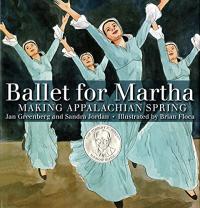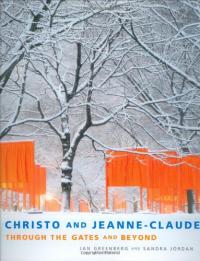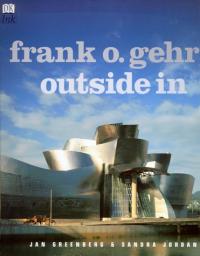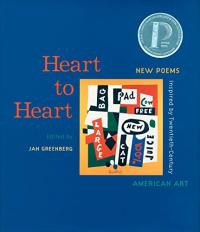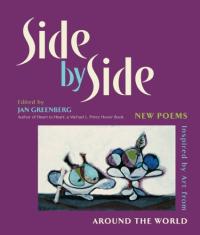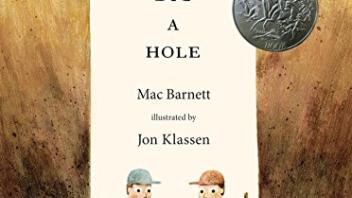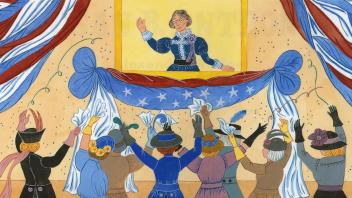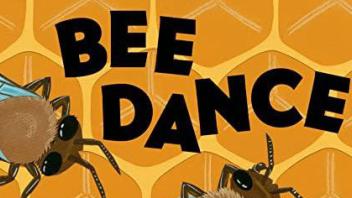
Biography
Sandra Jordan has loved art since childhood. Her mother was trained as an artist and Jordan remembers a house brimming with drawing supplies. And she was always a reader, — digging into books on a wide range of topics, but especially fascinated by historical fiction. She landed a job in children’s publishing right out of college (“People were paid to read?”). It also was in publishing that she met Jan Greenberg, after she found her first novel in the Farrar, Straus & Giroux slush pile and signed it up. Jordan lives on the West Side of New York City in an apartment her family calls the Book Midden.
Jan Greenberg was always reading, and observing. Her keen memory and recall of detail has served her well as a writer. Greenberg says “I could reach back into my memories and use them for characters and situations in my books.” Like her writing partner, she immerses herself in research for each new project — filling her office with books, interviews, drawings, photographs and music. Greenberg lives in St. Louis with her husband and two poodles, Henri and Thiebaud.
In their first book together, The Painter’s Eye: Learning to Look at Contemporary American Art, Greenberg and Jordan describe the basic elements of visual composition through text, images and interviews with artists. In American Eye: Eleven Artists of the Twentieth Century, Greenberg and Jordan share the work and life stories of major American artists such as Thomas Hart Benton, Romare Beardon, Jackson Pollock, and Georgia O’Keeffe.
Their tenth book, Ballet for Martha: Making Appalachian Spring, began with a trip to the Isamu Noguchi Garden Museum in Long Island City to see an exhibit of Noguchi’s stage sets. The famed sculptor did 37 set designs for dance and theater — including his set for the Martha Graham ballet Appalachian Spring. In this picture book, they explore the vibrant collaboration between Noguchi (sculpture), Graham (dance) and Aaron Copeland (music).
In all of their books, they seek to understand the artists as people — to help young readers understand the inspiration and context of the artists’ creative work.
Find this author’s books on these booklists
Themed Booklist
Books About Art
Themed Booklist
Great Read Alouds for Third Graders
Themed Booklist
Holiday Buying Guide 2010
Themed Booklist
Other Books by Caldecott Artists
Themed Booklist
Prized Books for the New Year
Themed Booklist
Remarkable Women
Themed Booklist
Summer Reading Guide 2015
Themed Booklist


